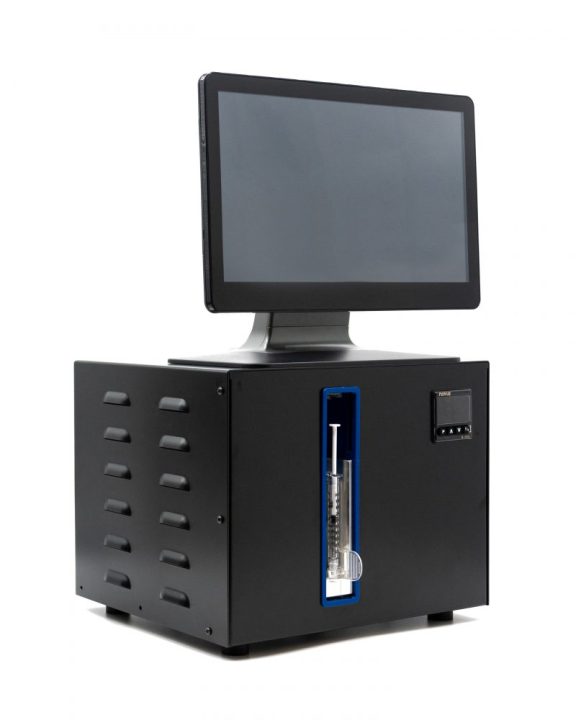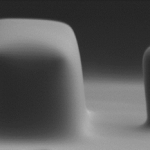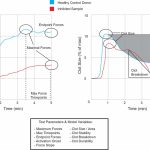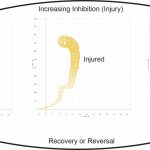
Atlas PST
$0.00
Analysis using the Atlas Platelet Strength Test (PST) takes place in a single-use microfluidic cartridge which incorporates an array of block and post microsensors. A key innovation of the Atlas PST is the use of platelet micro contractile forces and machine learning technologies. Analysis is based on the principle that upon successful aggregation and activation, platelets exert a contractile force upon the incorporated fibrin strands to remodel the platelet plug to minimize vascular disruption. The test card is connected directly to a blood collection syringe at its inlet and blood is automatically flowed over the block and post arrayed micro force sensors to produce platelet activating shear stress forces. Once properly adhered, platelets aggregate on the sensor blocks and exert a pulling force on the posts.
Features
- Uses whole blood with no pre-analytical processing
- Small sample volume (400 µL whole blood minimum)
- Rapid (full test within 6 minutes of blood draw)
- No exogenous agonist treatment necessary
- Automated System
Test Results
The Stasys Atlas PST records clot size and forces generated at 2 second intervals. The size of the platelet aggregate is transformed to a % aggregation while forces are measured in the SI unit of nN. Both are plotted against time. Machine learning models analyze the data to provide an additional 10+ parameters simultaneously to classify hemostasis. Derived parameters include: maximal and endpoint generated forces, the activation onset and maximal forces generated times, clot size, clot stability, and fibrinolytic breakdown.
Publications
Ting LH, Feghhi S, Taparia N, et al. Contractile forces in platelet aggregates under microfluidic shear gradients reflect platelet inhibition and bleeding risk. Nat Commun. 2019;10(1):1204. Published 2019 Mar 13. doi:10.1038/s41467-019-09150-9



